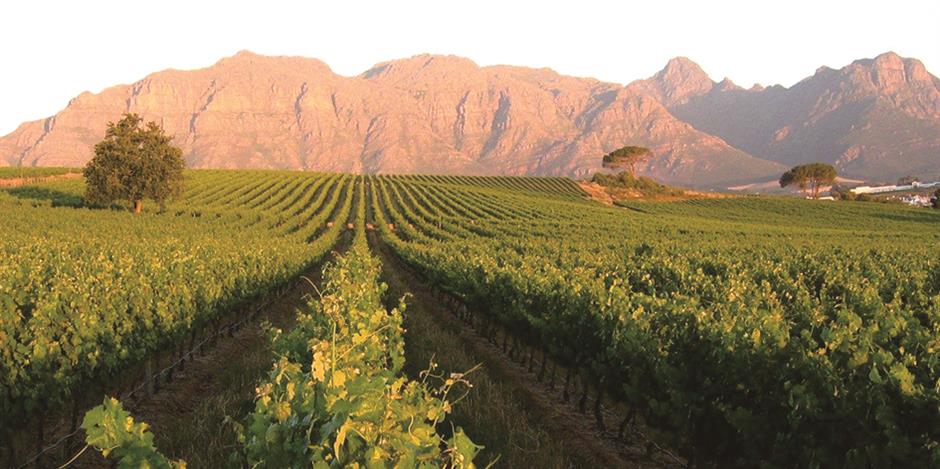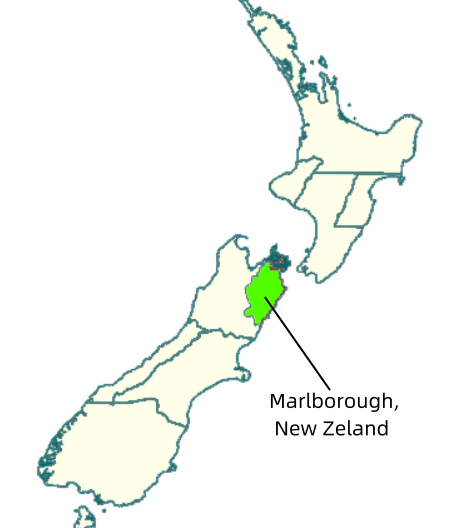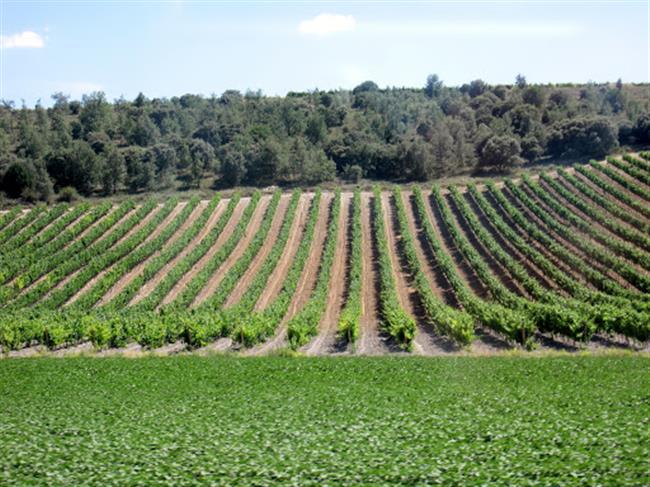The long wine history of Portugal has seen many ups and downs with the downs decidedly prevalent over the last century. Recently there’s been a renaissance of sorts that has made Portuguese wines some of the most intriguing new wine discoveries in the world. About 8 percent of the land in Portugal is planted with vineyards and there are over 500 native varieties. The plethora of native grapes is confusing even to wine experts but this has hurt the consumption of wine within Portugal as the nation has one of the largest per capita consumption rates of wine.

Some historians and archeologists claim that tribes living in the Iberian Peninsula including Portugal naturally fermented wild grapes as far back as 7,000 years ago. However, the first verifiable instance of winemaking in Portugal was by the Tartessian traders in 2000 BC. The mysterious Taressian culture has been linked to tales of the lost city of Atlantis and was famed for their love of wine and wild parties. The Phoenicians followed the Tartessians and brought new varieties from Greece and the Middle East. The Celt and Greeks also settled in the area and brought their indigenous vines. But it was the Romans that first made winemaking a major industry in the Iberian Peninsula.
Since the Treaty of Windsor in 1386, the English have played a principal role in the development of the Portuguese wine industry, not always to the liking or benefit of the Portuguese. The numerous wars and – between the French and English caused the English to prohibit French wines or heavily tax them on numerous occasion from the 14th through early 18th centuries. The 1703 Methuen Treaty further solidified trading between the nations and benefited the Portuguese wine industry. The English were also key players in developing the style and popularity of Portugal’s most famous wine, Port. Aside from trade with England the Portuguese wine industry has historically been quite isolated and insular.
A huge, though not distinguished success of the Portuguese wine industry was the wild popularity of the Mateus and Lancers simple and sweet rose wines. Along with the esteemed Port wines, these insipid rose wines account for nearly 70 percent of Portuguese wine exports. But it’s the high-quality dry white, rose and red wines from small to medium size producers that are exciting the wine world today. The revolution of quality in these wines began when Portugal joined the European Union in 1985. The rise of smaller wineries, subsidized by the EU, lead to a revolution of quality and experimentation with new varieties and techniques. Leading Port companies like Symington have also invested extensively in these producers. But how can the consumer in Shanghai pick the right Portuguese wines? Here are three key factors in selection the right Portuguese wine for you.
Wine Regions
The Douro Valley is not only the largest wines region of Portugal but also the oldest. In 1756 the Marquis of Pombal created Regiao Demarcada do Douro (demarcated region of Douro). This was nearly two centuries before the French initiated their AOC system. Today, in addition to Port which also comes from this region, Douro makes many of the best dry wines of Portugal. The Dao region is best known for powerful and tannic red wines though some producers are experimenting with lighter more fruity wines. The Bucelas region is making some lovely full-bodied white wines while the Vinho Verde is now making delightfully fresh and clean white wines.
Wine Varieties
Knowing the 500 plus indigenous varieties of Portugal is one of the most daunting tasks in understanding and appreciating Portuguese wines. In fact, many older vineyards may be planted with multiple grapes so identifying the grapes of the resulting wines is impossible. In many cases the winemakers themselves are not sure of the exact varieties. These field blend wines may be interesting but vary wildly in quality. Newer vineyards are almost always planted with one variety which will make things easier for both winemakers and consumers.
Producers
Knowing the producer is one of the most reliable ways to pick a wine from anywhere in the world. Portugal is no exception. Here are a few producers whose wines you can find in Shanghai. Post Scriptum is a joint venture between the Port giant Symington and famous Bordeaux winemaker Bruno Prats that makes beautifully crafted red wines. Caves Alianca has been making wines in many Portuguese wine regions since 1927 and today with the help of famed French wine consultant Michel Rolland has a range of good-value, well-made white, rose and red wines. Another venture of Symington is a wholly-owned company, Symington Family Estates that offers a range of fine reds from the Douro Valley.
Caves Mendes Vinho Verde Branco
Vinho Verde, Portugal
local varieties
no oak/drink young
ASC/84 RMB
2/5
2/5
Serve chilled, about 8 C; lovely as aperitif or with salads and light snacks
“don’t be fooled by the funny bottle and inexpensive price, this is a fresh, clean white with medium yellow color, citrus fruit nose and lively yellow fruit flavors”
Symington Family Estates Altano Reserva, 2008
Douro, Portugal
75% Touriga, 25% Touriga Nacional
12 months oak aging/enjoy now or over the next 5 years
Everwines/363 RMB
2/5
3/5
Allow 30+ minutes for breathing & serve 16-18 C; match with grilled or roasted meat dishes
“fine reserve level red with brooding dark red color, smoky black fruit and leather nose and plenty of intriguing dark fruit and spicy chocolate flavors and a nice long finish”
Post Scriptum de Chryseia Douro, 2007
Douro, Portugal
local varieties
aged in large French oak/best now or within 3 years
ASC/ 397RMB
2/5
3/5
allow 20+ minutes for breathing & serve at 16C; enjoy with roasted fowl or grilled red meats
“affectionately known by its acronym P+S, this wine features a deep garnet-black red color, expressive dark fruit nose and concentrated black berry and spices flavors and nice s





